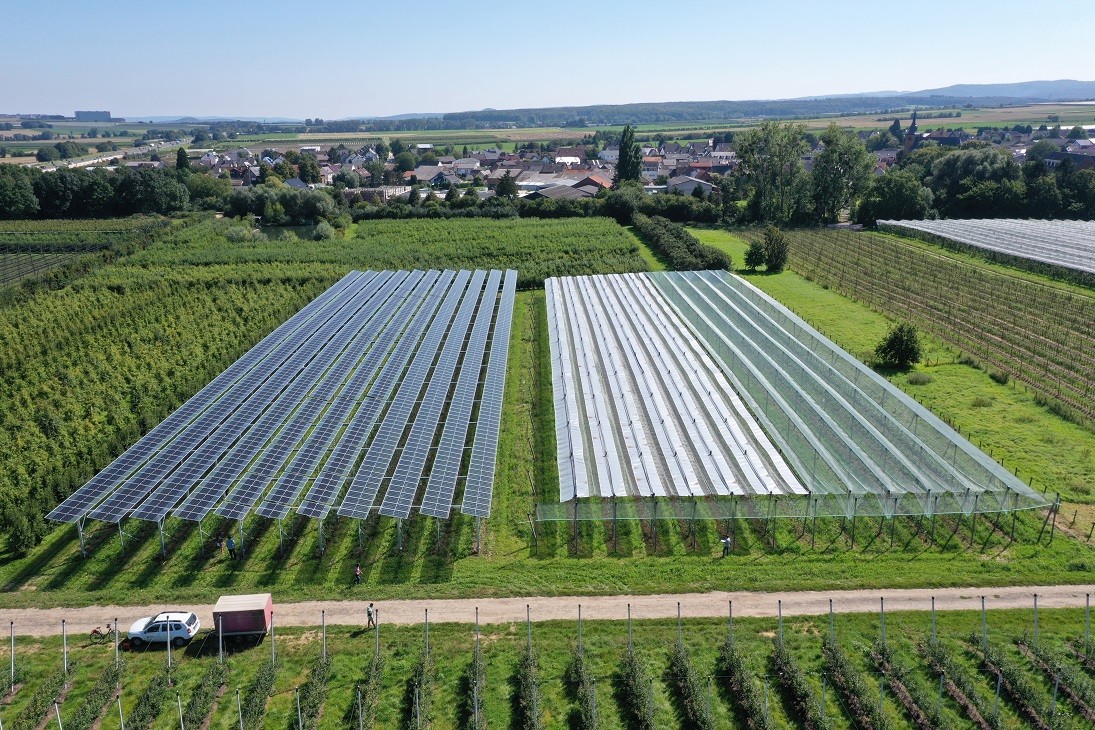Agrivoltaics could become an important new renewable energy sector in India, provided a proper policy framework is put in place, says a new report from the Institute for Energy Economics and Financial Analysis (IEEFA).
For the agrivoltaics sector to thrive, measures to safeguard farming communities and agricultural production should be a key part of the policy and regulatory reforms that the sector needs, says report author and IEEFA guest contributor Dr Charles Worringham.
Agrivoltaics refers to pairing farming with solar power generation in ways that maintain agricultural productivity. Sixty percent of India’s land area is farmed, half as much again as the world average. Given that, agrivoltaics in India is better placed than in most countries to relieve pressure on other land and ecosystems due to solar adoption.
pv magazine Webinar
Content: • Agrivoltaics – the different types and the associated benefits • The development of sustainable agrivoltaic projects in different markets • Ecovoltaics – what is it and why is it relevant for the solar industry • Promotion of a circular economy and value creation through innovation • Q&A
When Thu, 16/12/2021 · 21:30 IST (GMT 5:30)
The report, “Agrivoltaics in India: Fertile Ground?,” says agrivoltaics could help India accelerate the renewable energy roll-out by distributing it throughout the country at a variety of scales, relieve the pressure of renewable energy facilities on sensitive lands and ecosystems, and contribute to a stronger and more diverse rural economy.
Noting that experience elsewhere has shown that certain crops can tolerate moderate shading and that during extreme heat some may even benefit from lower temperatures and improved soil moisture, Worringham pointed to the features that work in India’s favor.
With nearly 20 projects underway using a variety of panel configurations, India has already started a research effort to establish what specific methods, crops, and conditions work best, at commercial facilities and public bodies such as the Central Arid Zone Research Institute, he says.
The report highlights policy challenges that must be addressed if agrivoltaics is to reach its full potential.
Recommendations
Worringham noted wide agreement on some necessary reforms. A new agrivoltaic land-use classification is essential, as farmland must generally be reclassified for commercial use if it is to host any solar generation.
“A classification based on the definition used by the French, of an agrivoltaic project as one that is primarily agricultural, and secondarily produces solar energy, and creates synergies between the two would be a good starting point for a special class of land use,” he says.
Farming communities could not only earn additional income from selling any power they generate but also use some of that power to add value to their produce and reduce wastage, for example by powering drying, cleaning, milling, local refrigeration, and establishing cold chains.
Given that and the unreliable grid electricity, the report suggests that new policies should prioritize retention of land and ownership of the project by farmers themselves, and be flexible enough to allow the sale of the power or self-consumption.
The report states India enjoys the advantage of being able to select from the technical and policy developments that have been hard-won elsewhere.
According to it, vertical bifacial arrays could be a particularly attractive option for agrivoltaics developers in India. When mounted vertically, like fences facing east and west, they produce peak power in the morning and afternoon, unlike horizontal panels that peak at midday.
“This configuration can help the grid by producing power closer to peak demand time, which is typically in the evening. This might allow certain loads like residential cooling to be brought forward a little and use that power directly, or by shortening the time between generation and use, make battery storage easier and more flexible,” says Worringham.
“For farmers, this layout can give better access for machinery and allow panels to stay cleaner for longer.”
The report also highlighted policies and rules that other countries have introduced, some of which may transfer well to Indian circumstances.
“It’s very important that India protects productive agricultural land. Other countries have found out the hard way that unregulated agrivoltaics can lead to problems, such as when Taiwanese rice farmers crammed in too much solar capacity because the power made them much more money than their crops.
“The government had to step in and allow projects only where any decline in yield is within specified limits, and set regulations such as minimum panel heights. Japan and various U.S. states have similar regulations. The Union ministries and states can benefit from these experiences by crafting sensible rules at the outset.”
Other recommendations in the report address financial incentives, governance, and standards.
This content is protected by copyright and may not be reused. If you want to cooperate with us and would like to reuse some of our content, please contact: editors@pv-magazine.com.









1 comment
By submitting this form you agree to pv magazine using your data for the purposes of publishing your comment.
Your personal data will only be disclosed or otherwise transmitted to third parties for the purposes of spam filtering or if this is necessary for technical maintenance of the website. Any other transfer to third parties will not take place unless this is justified on the basis of applicable data protection regulations or if pv magazine is legally obliged to do so.
You may revoke this consent at any time with effect for the future, in which case your personal data will be deleted immediately. Otherwise, your data will be deleted if pv magazine has processed your request or the purpose of data storage is fulfilled.
Further information on data privacy can be found in our Data Protection Policy.